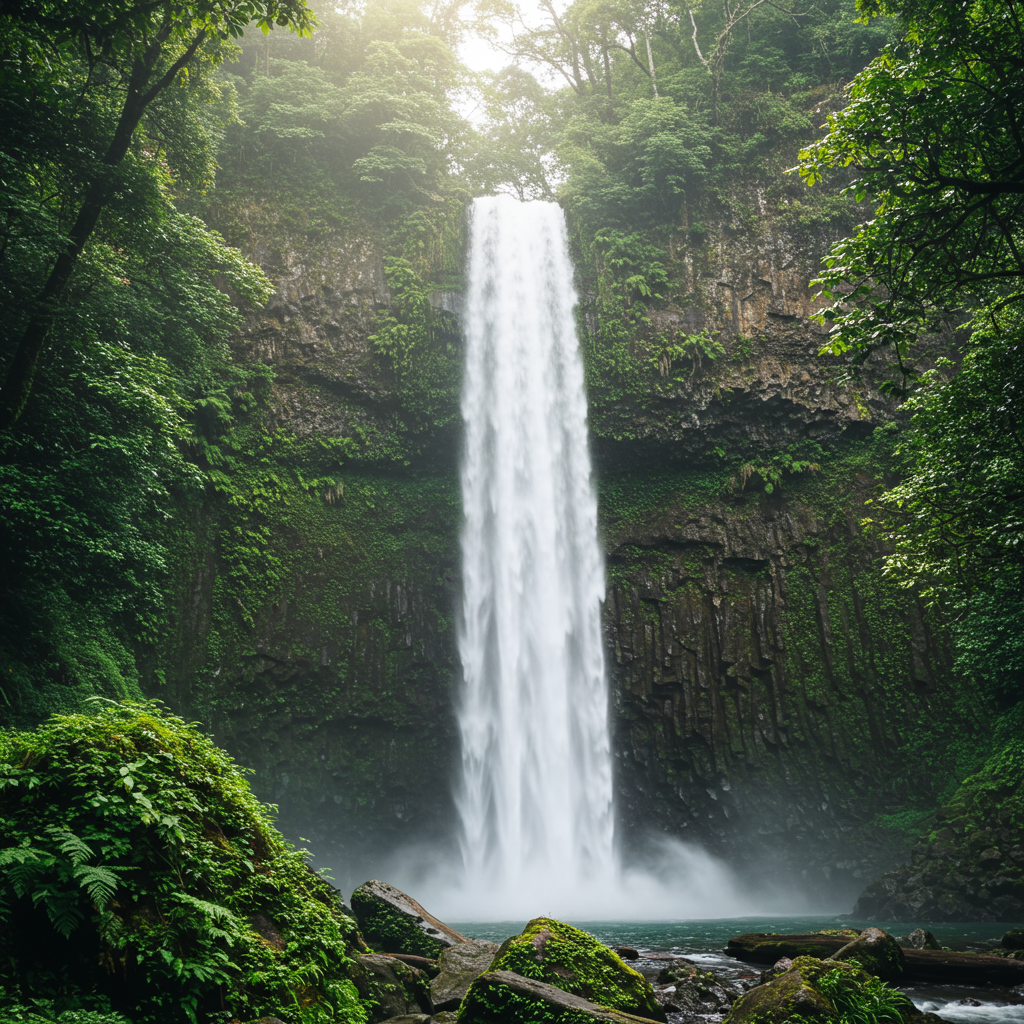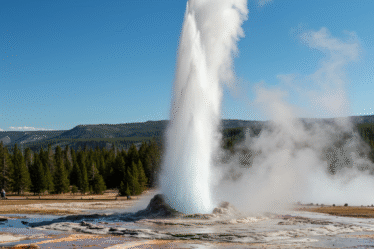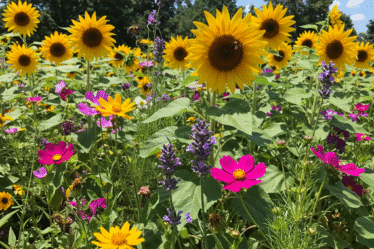
Waterfalls, those breathtaking displays of nature’s raw power and delicate artistry, have captivated humans for centuries. From the thunderous roar of Niagara to the secluded serenity of a hidden mountain cascade, these natural wonders offer a glimpse into the dynamic forces shaping our planet. This article delves into the fascinating world of waterfalls, exploring their formation, diverse types, ecological significance, and the sheer awe they inspire.
Waterfalls are born from the interplay of geology and hydrology. They occur where a river or stream flows over a resistant rock layer that lies atop a softer, more erodible one. Over time, the relentless force of the water carves away the softer rock, creating a drop-off. As water plunges over this precipice, it continues to erode the underlying rock, causing the waterfall to gradually retreat upstream. This process, known as headward erosion, can sculpt dramatic gorges and canyons over millennia. Imagine the sheer power required to carve such monumental landscapes – a testament to the persistent force of flowing water.
Waterfalls can be categorized into various types based on their geological structure and the way water descends. Plunge waterfalls, like Angel Falls in Venezuela, feature water free-falling from a vertical cliff, creating a spectacular curtain of water. Horsetail waterfalls, such as Bridalveil Fall in Yosemite National Park, maintain some contact with the underlying rock face as they descend, resembling a flowing horse’s tail. Other types include tiered waterfalls, cataract waterfalls characterized by turbulent whitewater, and block waterfalls where water flows over a wide, stepped formation. Each type possesses its own unique beauty and reflects the specific geological conditions that shaped it.
Beyond their aesthetic appeal, waterfalls play a crucial role in the surrounding ecosystem. The constant churning of water at the base of a waterfall creates a highly oxygenated environment, supporting a diverse array of aquatic life. The spray from the falls can also create microclimates, fostering the growth of unique plant communities. Furthermore, waterfalls often serve as natural barriers, isolating populations of organisms and contributing to biodiversity.
Experiencing a waterfall firsthand is truly transformative. The sight of cascading water, the sound of its roar, and the cool mist on your face create a sensory symphony that connects us to the raw power and beauty of the natural world. Whether you’re a seasoned adventurer seeking remote cascades or a casual observer admiring a well-known landmark, waterfalls offer a timeless source of wonder and inspiration. So, next time you find yourself near one of these natural wonders, take a moment to appreciate the intricate processes that created it and the vital role it plays in the surrounding environment. Let the power and grace of the waterfall remind you of the enduring forces that shape our planet and the profound beauty that can be found in the natural world.



